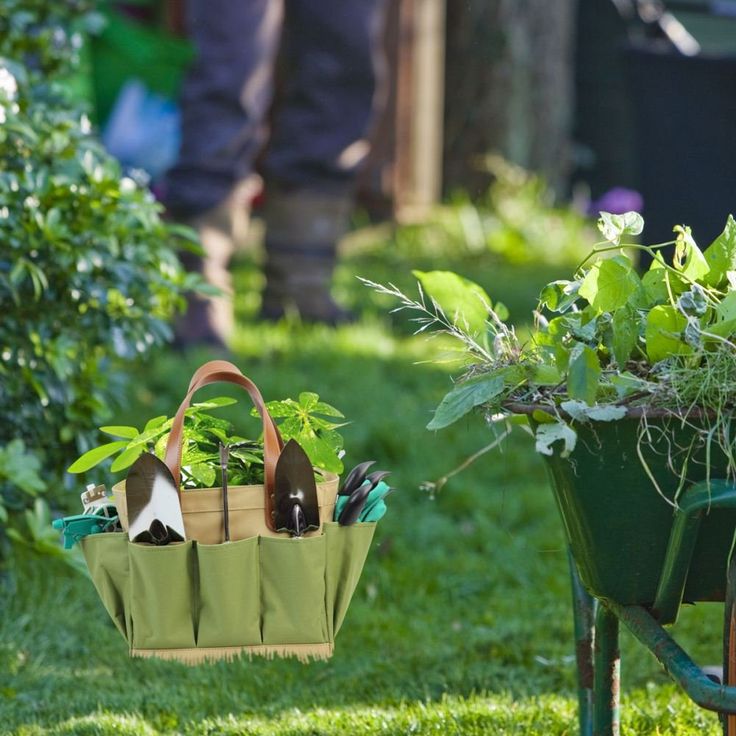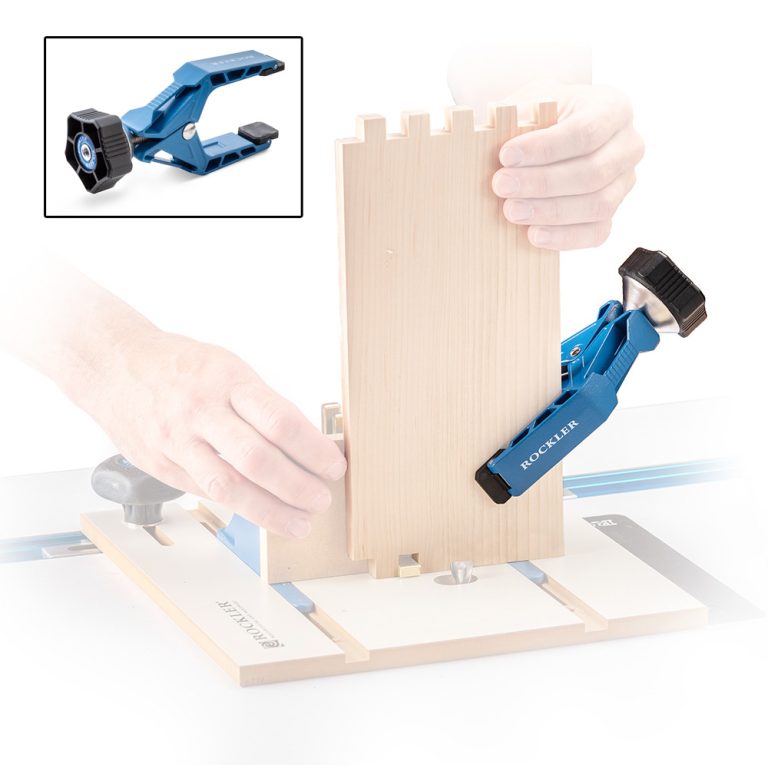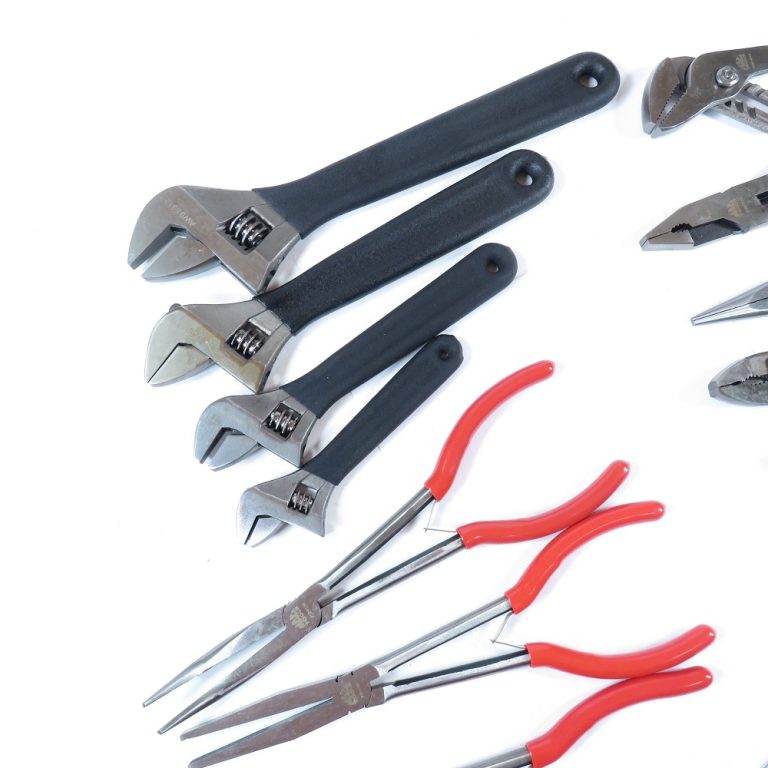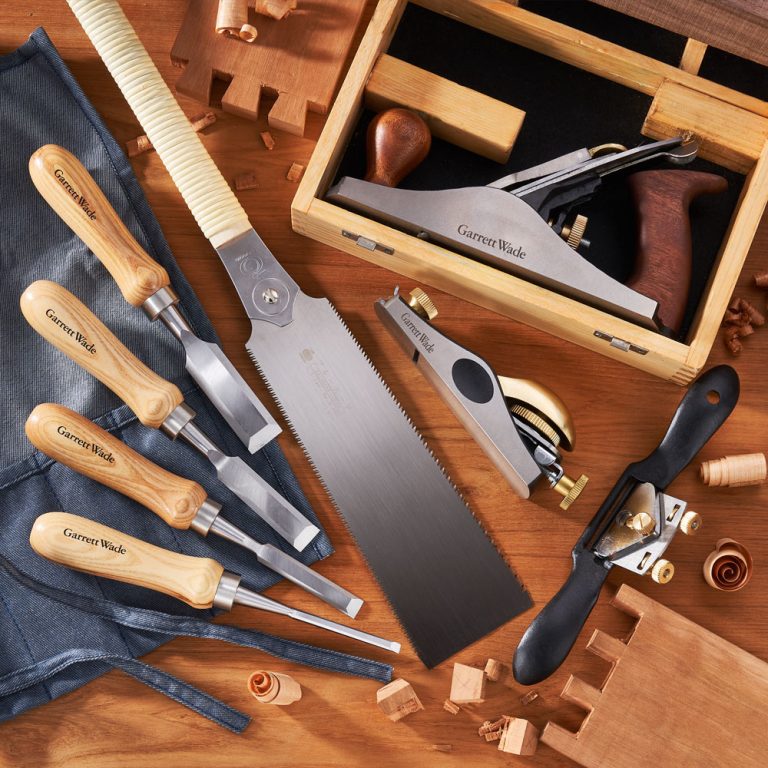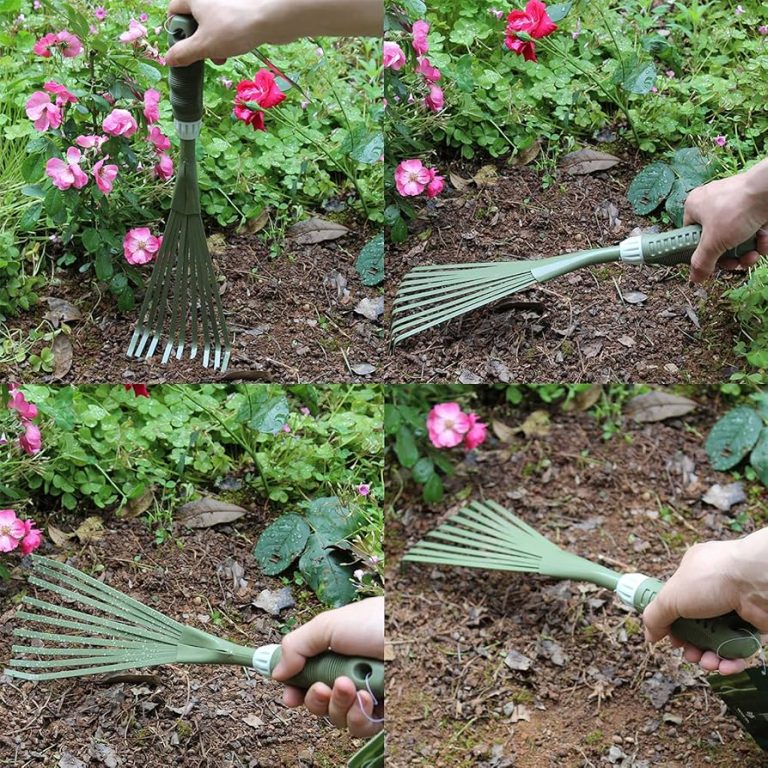Essential Yard Work Tools for a Well-Maintained Landscape
Maintaining a beautiful yard requires dedication, time, and the right set of tools. From basic hand tools to more sophisticated power equipment, having the proper yard work tools can make the difference between a tedious chore and an enjoyable outdoor activity. This comprehensive guide explores the essential yard work tools every homeowner should consider, their uses, and how to choose the best options for specific landscaping needs. Whether tending to a small urban garden or managing a sprawling suburban lawn, these tools will help create and maintain a stunning outdoor space.
The Foundation: Hand Tools for Everyday Yard Work
Hand tools form the backbone of any yard work toolkit. These versatile implements allow for precise control and are suitable for a wide range of tasks. A sturdy garden spade tops the list of essential hand tools. This flat-bladed tool excels at digging, edging, and moving soil or mulch. Paired with a garden fork, which features sturdy tines for breaking up compacted soil and turning compost, these tools tackle most digging tasks with ease.
For precision work around plants, a hand trowel proves indispensable. This small, scoop-shaped tool facilitates planting, transplanting, and weeding in tight spaces. A hand cultivator, with its curved tines, loosens soil and removes small weeds efficiently. Pruning shears, also known as secateurs, keep plants healthy and shapely by trimming small branches and deadheading flowers. For larger branches, loppers offer increased leverage and cutting power.
Rakes come in various styles, each serving a specific purpose. A leaf rake, with its wide, flexible tines, gathers fallen leaves and light debris. A garden rake, featuring sturdier, shorter tines, levels soil and removes rocks or heavy debris. These tools, along with a reliable pair of gardening gloves, form the core of any yard work tool collection, enabling homeowners to handle a wide array of gardening and landscaping tasks effectively.
Power Tools: Efficiency and Convenience in Yard Maintenance
While hand tools offer precision, power tools bring efficiency to larger yard work tasks. A lawnmower stands as the cornerstone of power tools for yard maintenance. For small to medium-sized lawns, a push mower suffices, while larger properties may require a riding mower. Electric models have gained popularity due to their low maintenance and quiet operation, though gas-powered mowers remain favored for their power and mobility.
A string trimmer, often called a weed eater or weed whacker, proves essential for maintaining edges and tackling grass in hard-to-reach areas. This tool neatly trims around trees, fences, and other obstacles where mowers can’t reach. For more precise edging along sidewalks and driveways, a dedicated lawn edger creates crisp, clean lines that elevate the overall appearance of the yard.
Power blowers make quick work of clearing leaves, grass clippings, and other debris from lawns, driveways, and paths. Available in both handheld and backpack models, blowers save time and effort compared to manual raking. For yards with many trees, a chainsaw becomes necessary for trimming branches and removing fallen limbs. Electric chainsaws offer convenience for light work, while gas-powered models provide the strength needed for larger jobs.
Watering Tools: Nurturing Your Landscape
Proper watering stands crucial to maintaining a healthy lawn and garden. A diverse array of watering tools caters to different needs and preferences. The humble watering can remains a staple for container plants and small garden areas, offering precise control over water distribution. For larger areas, garden hoses paired with adjustable nozzles provide versatility. Spray nozzles offer various patterns, from gentle mists for delicate plants to strong jets for cleaning outdoor surfaces.
Sprinklers automate the watering process for lawns and large garden beds. Oscillating sprinklers, which move back and forth to cover rectangular areas, work well for most residential lawns. Impact sprinklers, recognizable by their distinctive sound, distribute water in a circular pattern and can cover larger areas. For the most efficient watering, drip irrigation systems deliver water directly to plant roots, minimizing waste and reducing the risk of fungal diseases caused by wet foliage.
Smart irrigation controllers have revolutionized yard watering by adjusting schedules based on weather conditions and plant needs. These systems can significantly reduce water consumption while maintaining a lush landscape. For properties not equipped with in-ground irrigation, soaker hoses offer an efficient alternative. These porous hoses allow water to seep out slowly, delivering moisture directly to the soil with minimal evaporation.
Soil Preparation and Fertilizing Tools
Healthy plants start with healthy soil, making soil preparation and fertilizing tools essential for any yard work arsenal. A wheelbarrow or garden cart proves invaluable for transporting soil, mulch, and other heavy materials around the yard. These tools save time and reduce physical strain during large landscaping projects.
For breaking new ground or turning over garden beds, a garden tiller or cultivator becomes indispensable. These power tools quickly loosen soil, incorporate amendments, and prepare areas for planting. Hand-powered options like broadforks offer a low-tech alternative for smaller spaces or gardeners who prefer manual methods.
Fertilizer spreaders ensure even distribution of nutrients across lawns and large garden areas. Drop spreaders provide precise control, ideal for applying fertilizer along borders or in confined spaces. Broadcast spreaders cover larger areas more quickly, making them suitable for expansive lawns. For targeted fertilizing of trees and shrubs, fertilizer spikes or stakes offer a convenient, mess-free option.
Soil testing kits help determine the pH and nutrient content of soil, guiding fertilization and amendment strategies. These tools range from simple DIY test strips to more comprehensive kits that provide detailed analysis. By understanding soil composition, gardeners can make informed decisions about which fertilizers and amendments will best support their plants’ growth.
Pruning and Trimming Tools for Plant Health and Aesthetics
Proper pruning and trimming maintain plant health, control growth, and enhance the overall appearance of the landscape. Beyond basic pruning shears, a range of specialized tools caters to various pruning needs. Bypass pruners, which work like scissors, make clean cuts on live wood and are ideal for most general pruning tasks. Anvil pruners, which have a straight blade that cuts against a flat surface, work well for deadwood and thicker branches.
Long-handled pruning saws tackle larger branches that exceed the capacity of hand pruners or loppers. These saws come in various styles, including folding models for easy storage and fixed blade versions for heavy-duty work. Pole pruners extend reach for high branches, combining a pruning saw or bypass blade with an extendable pole.
Hedge shears, available in both manual and powered versions, shape and maintain formal hedges and topiaries. Electric or gas-powered hedge trimmers make quick work of large hedges, while manual shears offer precise control for detailed work. For ornamental grasses and perennials, grass shears provide a neat, even cut when trimming back dead foliage.

Lawn Care Speciality Tools
Beyond mowing, several specialized tools contribute to a healthy, attractive lawn. Aerators alleviate soil compaction by creating small holes in the turf, allowing air, water, and nutrients to penetrate the root zone. Manual aerators suffice for small areas, while power aerators handle larger lawns more efficiently.
Dethatchers, also known as power rakes, remove the layer of dead grass and roots that accumulates between the soil surface and the living grass. This process improves air and water penetration, promoting healthier turf growth. For smaller lawns, a dethatching rake provides a manual alternative.
Lawn rollers level out bumps and irregularities in the turf, creating a smooth surface. These tools prove particularly useful after seeding or laying sod. Overseeding becomes easier with a drop seeder, which ensures even distribution of grass seed across bare or thin areas of the lawn.
Lawn edgers create clean, defined borders between the lawn and hardscaping elements like driveways and walkways. Manual edgers require more effort but offer precise control, while power edgers make quick work of longer stretches. These tools contribute significantly to the manicured appearance of a well-maintained lawn.
Safety Equipment and Protective Gear
Yard work involves various potential hazards, making safety equipment and protective gear essential components of any tool collection. Safety glasses or goggles protect eyes from flying debris during mowing, trimming, and pruning tasks. Hearing protection, such as earplugs or earmuffs, becomes crucial when operating loud power equipment like lawnmowers and chainsaws.
Sturdy work gloves shield hands from blisters, thorns, and other injuries. Different types of gloves suit various tasks: leather gloves for heavy-duty work, nitrile-coated gloves for wet conditions, and thin, flexible gloves for precision tasks. Closed-toe shoes with good traction prevent slips and protect feet from falling tools or debris.
For tasks involving power tools or potential falling objects, a hard hat provides essential head protection. When using chainsaws or other cutting tools, chaps or protective leg coverings guard against accidental cuts. Dust masks or respirators protect lungs from harmful particles when working with soil amendments, mulch, or in dusty conditions.
Sunscreen and insect repellent, while not tools themselves, play a crucial role in protecting skin during extended outdoor work. A wide-brimmed hat offers additional sun protection for the face and neck. By prioritizing safety equipment and protective gear, homeowners can enjoy yard work with reduced risk of injury or discomfort.

Storage and Maintenance of Yard Work Tools
Proper storage and maintenance of yard work tools extend their lifespan and ensure optimal performance. A sturdy tool shed or garage provides ideal storage, protecting tools from the elements. Wall-mounted racks and pegboards organize hand tools, keeping them easily accessible and preventing damage. Larger power equipment benefits from covered storage to prevent rust and weather-related wear.
Regular cleaning prevents the buildup of dirt and debris that can affect tool performance. After each use, remove soil from digging tools and sap from pruning equipment. Occasional oiling of metal parts prevents rust and keeps moving parts functioning smoothly. Sharpening cutting tools, including pruners, lawn mower blades, and shovels, maintains their effectiveness and reduces the effort required to use them.
For power equipment, following manufacturer maintenance schedules ensures longevity and reliable operation. This maintenance may include oil changes, air filter replacements, and spark plug checks. Proper fuel storage and use of fuel stabilizers prevent engine problems caused by stale gasoline. By investing time in tool maintenance, homeowners can avoid costly replacements and ensure their yard work tools remain ready for action season after season.

